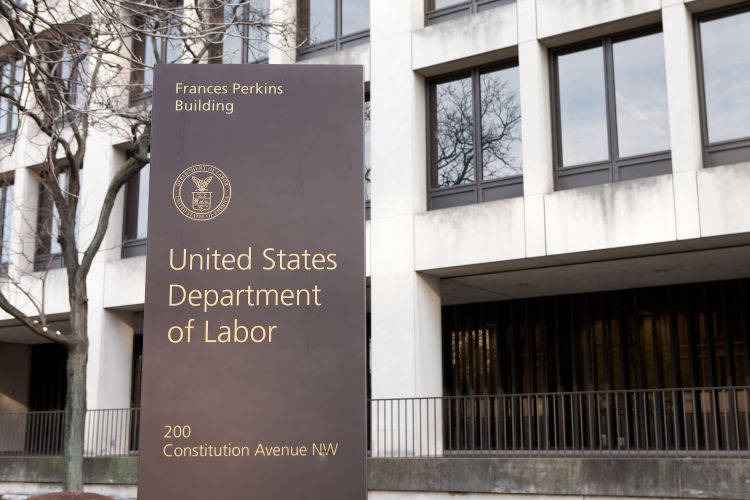April 8, 2025
Anne Morris
Principal, Assurance
Atlanta, GA

Related Services
< Back to Resource Center
The SECURE 2.0 Act, signed into law in December 2022, introduced several significant changes to retirement plans, including a new requirement for automatic enrollment in certain newly established 401(k) and 403(b) plans. While this provision represents a shift toward enhancing retirement readiness and advantages for American workers, automatic enrollment and escalation also pose some challenges for both plan sponsors and participants.
Understanding SECURE 2.0’s Automatic Enrollment Requirement
Under SECURE 2.0, employers establishing new 401(k) and 403(b) plans after Dec. 31, 2024, must automatically enroll eligible employees at a minimum contribution rate of three percent, with automatic annual escalation of at least one percent until reaching a minimum of 10 percent (but not exceeding 15 percent). Employees retain the right to opt out or adjust their contribution levels. This mandate does not apply to small businesses with 10 or fewer employees, new businesses in existence for less than three years, church plans or governmental plans.
What are the Pros of Automatic Enrollment and Escalation?
1. Increased Retirement Savings Participation
One of the primary advantages of automatic enrollment is that it significantly increases participation rates in employer-sponsored retirement plans. Inertia often prevents employees from enrolling, even when they recognize the importance of saving for retirement. By making enrollment the default option, the SECURE 2.0 provision helps eliminate this barrier.
2. Enhanced Retirement Readiness
Automatic enrollment, coupled with automatic escalation, ensures that employees contribute consistently to their retirement accounts so that over time, the gradual increase in contributions helps build sufficient retirement savings.
3. Behavioral Benefits
Employees often delay financial planning due to complexity or uncertainty. Automatic enrollment and escalation simplify the process by eliminating the need for active decision-making, leveraging behavioral finance principles to drive better financial outcomes.
4. Potential Employer Benefits
For employers, increased participation in retirement plans can enhance employee satisfaction and retention. A well-structured retirement plan is a valuable workplace benefit that contributes to overall financial wellness and productivity.
What are the Cons of Automatic Enrollment and Escalation?
1. Increased Administrative and Compliance Burden
Employers are responsible for proper implementation and compliance when it comes to automatic enrollment and escalation rules, which may require system updates, additional employee communication and ongoing monitoring to avoid errors.
2. Higher Costs for Employers
Matching contributions for a larger participant pool can increase employer costs. While these contributions are often tax-deductible, the financial impact can still be significant, particularly for smaller businesses.
3. Potential Employee Disengagement
Although automatic enrollment helps boost participation, some employees may become disengaged from their retirement planning, assuming that default contribution rates are sufficient. Without education and encouragement to take an active role, participants may under-save for retirement.
4. Opt-Out Risk
While automatic enrollment is designed to increase participation, employees still have the option to opt out. When employees choose not to participate, this limits the potential effectiveness of the rule.
The Bigger Picture: Retirement Readiness
The ultimate goal of SECURE 2.0’s automatic features is to improve retirement readiness. By making savings the default option, SECURE 2.0 aims to create a more secure financial future for employees while ensuring that employers play an active role in facilitating better savings habits.
For plan sponsors, the focus should be on proper implementation, employee education and leveraging tools such as financial wellness programs to complement automatic enrollment and escalation. Employers should also evaluate their plan designs to ensure they align with workforce needs and long-term financial security goals.
Conclusion
The automatic enrollment and escalation provisions under SECURE 2.0 represent a significant step forward in improving retirement savings for American workers. While challenges exist, the long-term benefits of increased participation and enhanced retirement readiness outweigh the drawbacks. If you have questions about how provisions of SECURE 2.0 impact your employee benefit plan offerings, contact your Windham Brannon advisor today, or reach out to Anne Morris.


